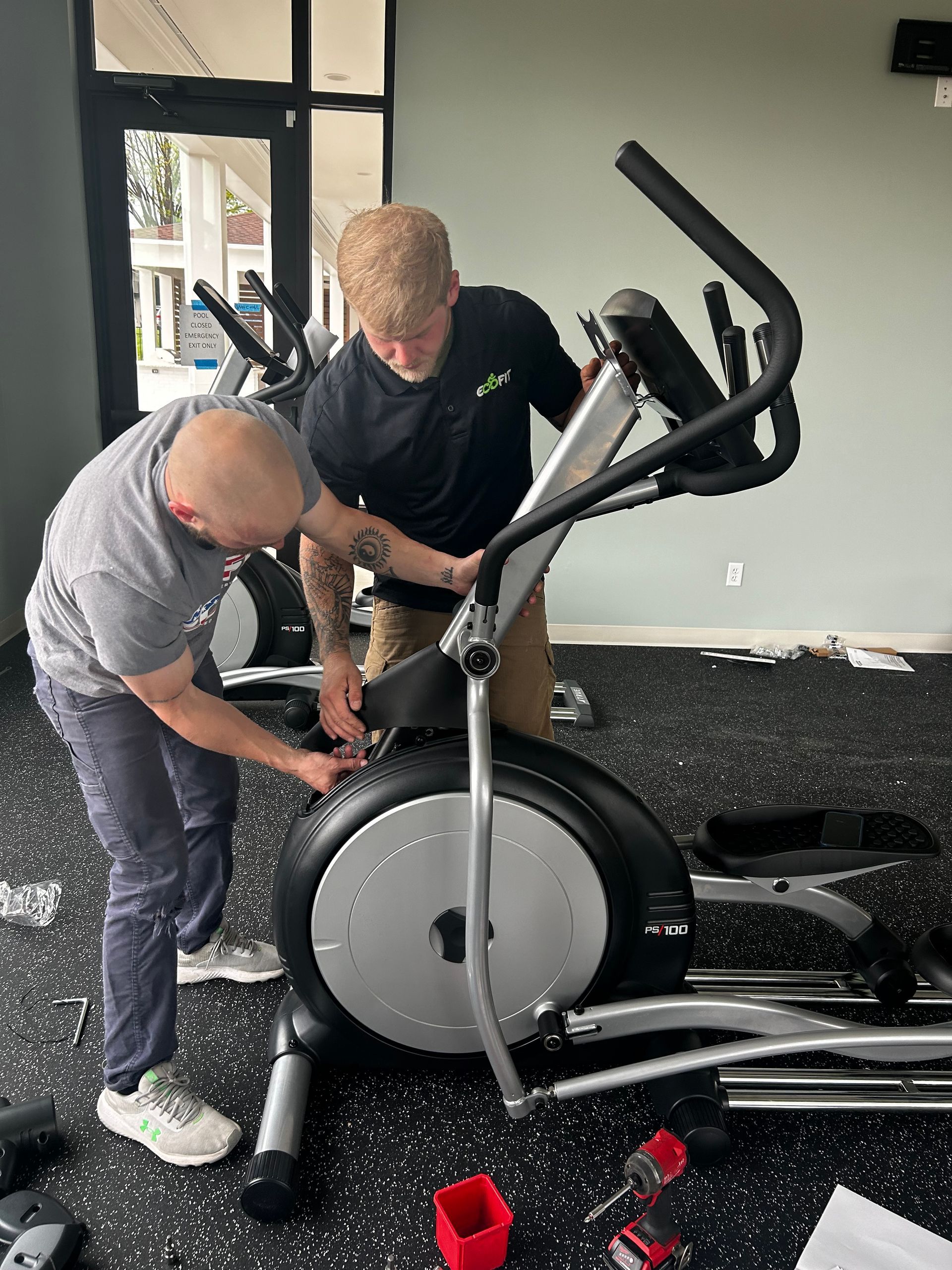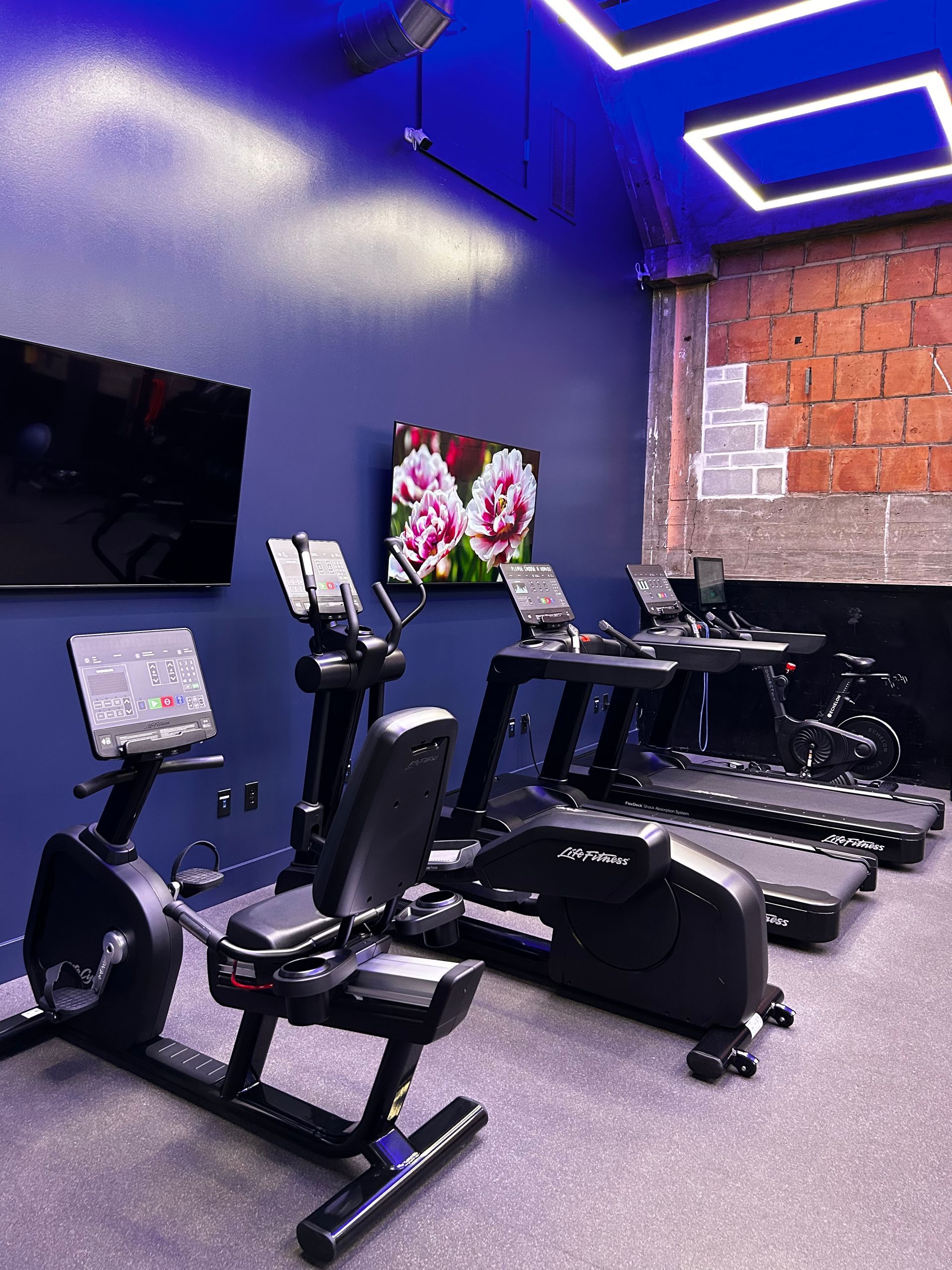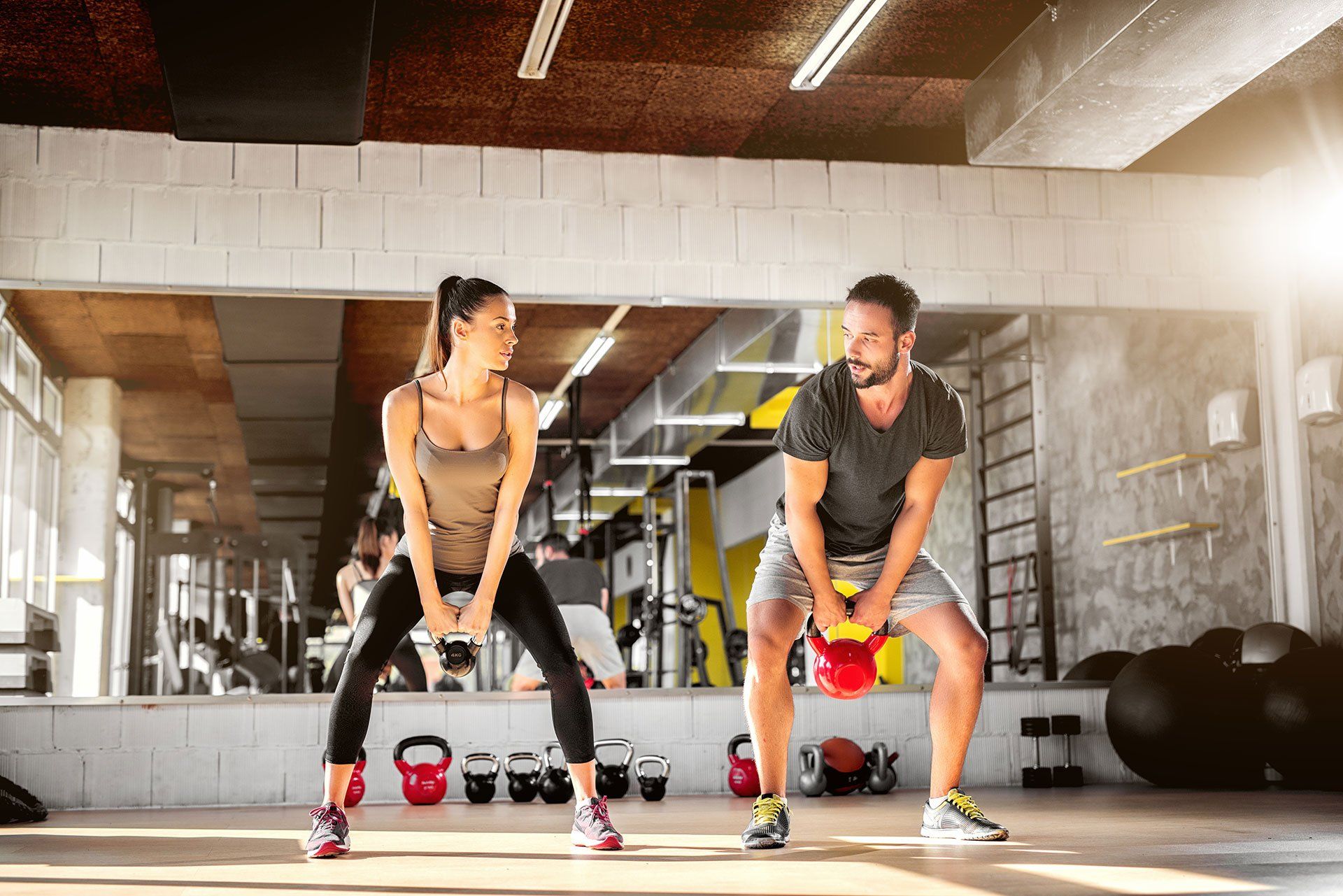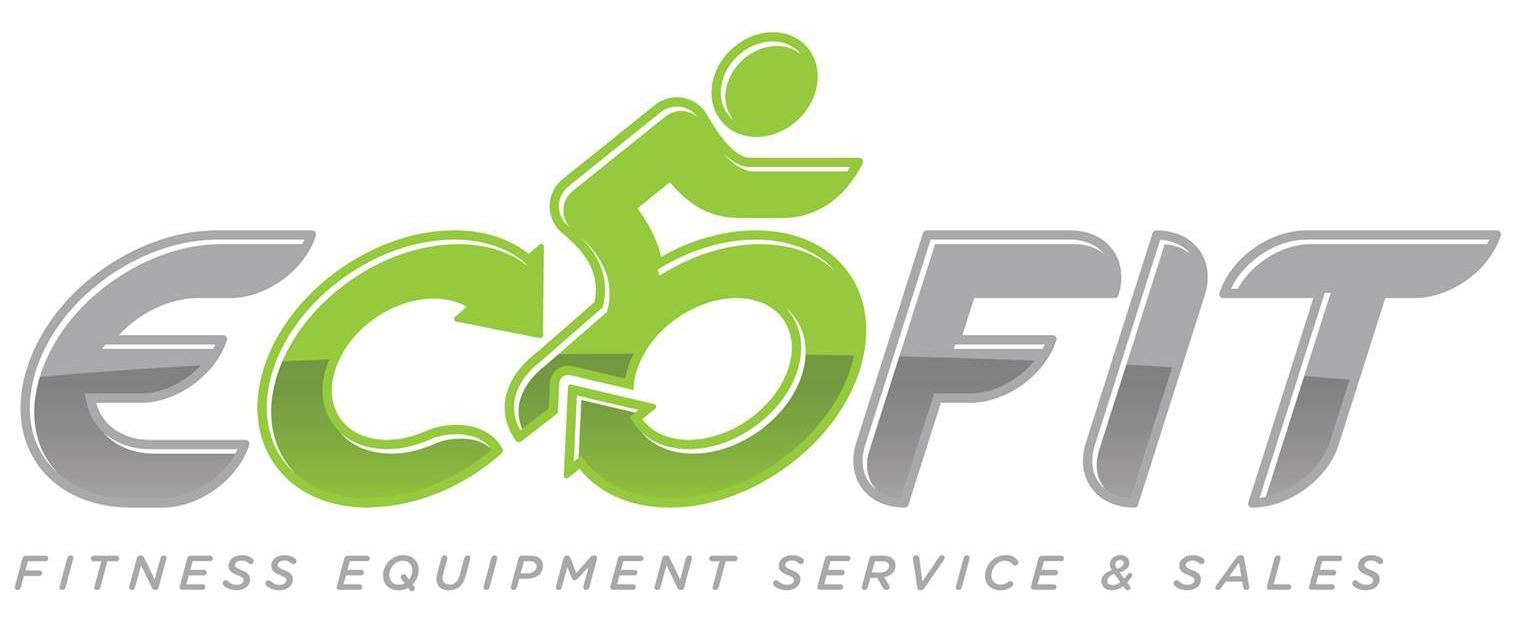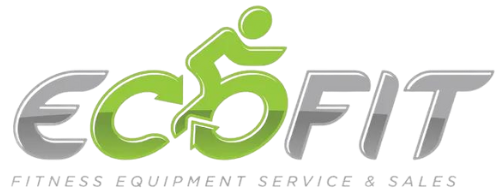The Best Flooring Options for Commercial Gyms and Wellness Centers
If you're opening or upgrading a gym in the St. Louis area, flooring might not be the first thing you think about. Most people get caught up in equipment selection, layout, and branding. But flooring plays a major role in how your facility performs over time. It affects safety, comfort, noise, maintenance, and the overall experience your members will have while training.
At EcoFit Equipment, we help gyms, wellness centers, and fitness rooms across St. Louis choose flooring that matches their space, equipment, and usage needs. The right flooring can make the difference between a durable, efficient facility and one that ends up needing early replacement or costly repairs.
If you're planning a new facility or updating an existing one, here’s what you need to know about the most effective commercial gym flooring options.
Start With the Function of the Space
Not every part of your gym needs the same type of flooring. Different zones require different materials depending on the activities that happen in that space. We always recommend breaking down your facility into functional areas like cardio, strength, functional fitness, and recovery or stretching. From there, you can match each zone with a flooring type designed to hold up under that specific use.
Let’s take a closer look at some of the most common and effective flooring options for each area.
Rubber Flooring for General Use and Strength Areas
Rubber is the most widely used material in commercial gyms for good reason. It’s durable, non-slip, and able to handle heavy equipment. It also absorbs impact well, making it ideal for free weight zones, strength machine areas, and high-traffic pathways.
In St. Louis gyms where space is shared by both beginners and experienced lifters, rubber flooring offers the best mix of function and protection. It holds up under repeated use, protects concrete subfloors, and reduces noise from dropped weights.
Rubber tiles and rolls come in different thicknesses. The heavier your equipment or usage, the thicker you want your flooring. For heavy-duty weightlifting zones, thicker rubber is worth the investment.
We often install rubber flooring in:
- Weight rooms
- Dumbbell and barbell zones
- Machine training areas
- Entryways and walkways
Turf for Functional Training and Athletic Performance
Artificial turf is a smart option for gyms offering functional training or performance-focused workouts. It creates a designated area for sled pushes, agility drills, battle ropes, and bodyweight training.
Unlike hard rubber surfaces, turf offers a softer feel and provides traction for lateral movements. This makes it popular in performance gyms, boot camp studios, and athlete-focused facilities throughout St. Louis.
If your gym offers any kind of dynamic group training, adding a turf lane or turf corner can help you create separation in your layout and give members a dedicated space for high-intensity work.
We often recommend turf for:
- Sled work
- Functional fitness zones
- Bootcamp training areas
- Small group class spaces
Vinyl and Wood-Grain Flooring for Multipurpose Studios
For studios offering group classes like yoga, Pilates, or light mobility work, rubber or turf isn’t the best fit. In these settings, vinyl or wood-grain flooring provides a professional look with just enough give for comfort. These materials are also easy to clean, which is important for spaces where people may be using mats or lying on the floor.
Some vinyl flooring options can even handle light dumbbell use or circuit-based training, making them suitable for studios that serve dual purposes throughout the day.
St. Louis wellness centers often include spaces for both group fitness and one-on-one sessions. Vinyl flooring provides a more inviting, clean appearance while still being functional and long-lasting.
Good places for vinyl or studio flooring include:
- Yoga and stretch rooms
- Pilates studios
- Multipurpose group fitness areas
- Rehab or recovery rooms
Foam Flooring for Light Use and Mobility Areas
Foam flooring isn’t appropriate for heavy equipment or high-traffic areas, but it does have a role in small facilities or designated recovery zones. It offers a softer surface, which can be helpful for bodyweight movements, stretching, and mobility drills.
Foam tiles are often interlocking and can be rearranged or replaced as needed. While they’re not the right choice for strength areas, they work well in spaces where low impact and comfort are the main priorities.
Foam flooring is best used in:
- Stretching and warm-up areas
- Bodyweight exercise spaces
- Light-use training rooms
- In-home or boutique-style gyms
Consider Sound and Vibration Control
The St. Louis area is filled with mixed-use buildings, especially in city neighborhoods. If your facility shares walls with offices, apartments, or other businesses, sound and vibration control should be a serious consideration. The right flooring material and thickness can reduce how much noise travels from dropped weights or treadmill foot strikes.
We work with clients to evaluate these concerns during the layout phase and recommend flooring materials that reduce both structure-borne and airborne noise. This makes your space more enjoyable for everyone, including neighboring tenants.
Installation Matters Just as Much as Material
Even the best flooring won't perform well if it’s installed incorrectly. Uneven seams, improper glue, and loose tiles can all lead to safety issues and premature wear. At EcoFit, we handle the full flooring process from material recommendation to professional installation.
That includes:
- Site measurement and layout planning
- Subfloor preparation
- Full install and fitment
- Edge finishing and transition management
- Post-install cleaning and guidance
We make sure your flooring looks professional, performs well, and is built to last.
Match Your Flooring to Your Facility's Brand and Purpose
Your flooring is one of the first things people notice when they walk into your gym. It affects the look and feel of your space and sets the tone for how professional and well-maintained your facility feels.
In upscale areas of St. Louis or competitive gym environments, having flooring that aligns with your brand is important. That might mean branded turf sections, custom color schemes, or sleek studio finishes that match your walls and mirrors.
We work with each client to align their flooring choices with their brand goals, whether that’s rugged and industrial, modern and clean, or warm and welcoming.
Work With a Partner That Understands St. Louis Facilities
The fitness scene in St. Louis is diverse. From boutique studios and medical wellness centers to apartment gyms and full-service commercial spaces, each location has different demands. EcoFit understands the regional needs of these facilities and offers flooring solutions that match both the space and the user.
Our team knows what holds up to the humidity, the snow boots, the foot traffic, and the real-world challenges local gyms face. We source materials that last, and we install them with precision.
Let’s Build the Right Foundation for Your Gym
Choosing the right flooring is more than just picking a material. It’s about planning the foundation your entire facility will be built on. If you are designing or renovating a gym in the St. Louis area, EcoFit Equipment can help guide you through your options and install the perfect flooring setup for your space.
Reach out to us today to schedule a walk-through or consultation. Let’s make sure your facility has the flooring it needs to support long-term performance, member safety, and a clean, professional appearance.
Contact Us
